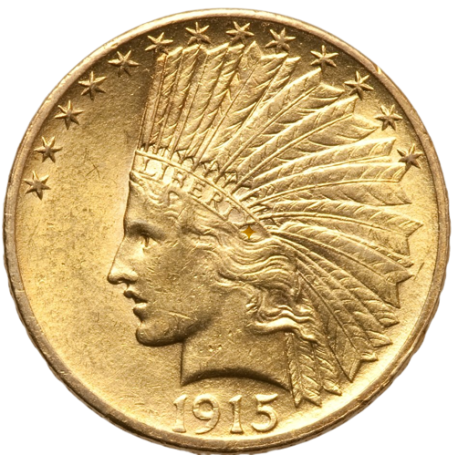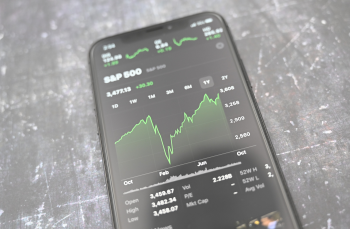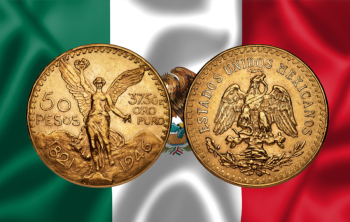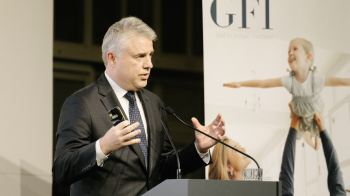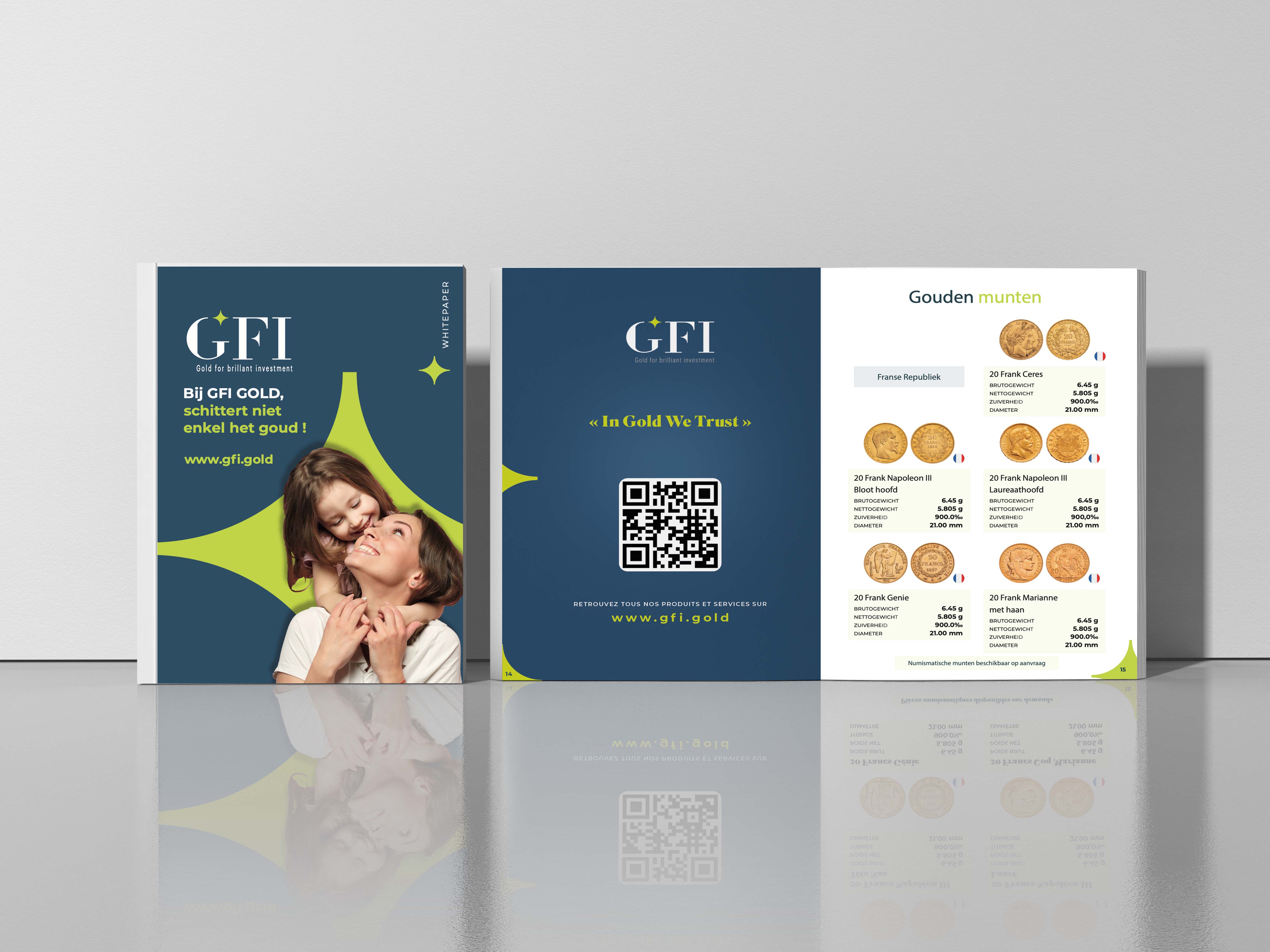How to BuySee the full summary
Buy at the counter
10 dollars Indian gold
-
15.05 g
-
16.71 g
-
 USA
USA
-
900.0‰
-
1907
-
1933
-
Gold
-
American coins
Brief Summary of the $10 Indian Head Eagle
The $10 Indian Head Eagle is a ten-dollar gold coin created and used in the United States of America between 1907 and 1933. It was designed by the sculptor Augustus Saint-Gaudens who also designed the $20 Saint-Gaudens double eagle.
The Indian Head replaced the Liberty Head (coronet) after President Theodore Roosevelt decided that the existing coins did not strongly represent American ideals. Roosevelt wrote the Secretary of the Treasury, Leslie Mortier Shaw, suggesting that the treasury hire a private artist to redesign the cent and four gold pieces: the double eagle ($20), the eagle ($10), the half eagle ($5), and the quarter eagle ($2.5).
Roosevelt already had a private artist in mind: Augustus Saint-Gaudens. He had hired Saint-Gaudens to design an unofficial medal for his inauguration because he disliked the official one minted by mint engraver Charles E. Barber and his assistant.
Roosevelt was impressed with Saint-Gaudens' design of the cent, with the head of Liberty on the obverse side. However, the president suggested that an Indian feather headdress be attached to the head of Liberty on one of the coins, as he believed the headdress was “distinctly American” and “very picturesque.”
Some historians have claimed that Roosevelt’s interference in the Indian Head Eagle is what prevented it from becoming one of the most significant coins ever to exist. Nevertheless, Saint-Gaudens did as requested and designed the head of Liberty with the Indian warbonnet.
Design of the Coin
Before Saint-Gaudens designed the coins, he had sculpted a head of Liberty model he planned to use on the Sherman Monument in Manhattan. While designing the eagle, he drew inspiration from the head of Liberty model to design the coin's obverse side. He also drew inspiration from the bust of Harriet Eugenia Anderson.
The obverse side of the coin contains the head of Liberty facing west and wearing an Indian feather headdress. There are 13 stars surrounding the head of Liberty, and the year of minting is directly underneath the image.
On the reverse side, an eagle stands on a bundle of arrows and an olive branch. The eagle is facing west. On the left side of the eagle’s image are the words “IN GOD WE TRUST,” while the right side of the image contains the words “E PLURIBUS UNUM.” The words “UNITED STATES OF AMERICA” surrounds the eagle at the top, while at the bottom are the words “TEN DOLLARS.”
Coin Release and Discontinuation
Unfortunately, Saint-Gaudens fell ill and died before the coin’s production and release.
The initial design of the coin did not have the words “IN GOD WE TRUST” on the coin’s reverse side since Roosevelt thought the use of God’s name on the coin was sacrilegious. Also, Saint-Gaudens did not see the need to include it since it was not required by law and thought it was an artistic intrusion.
However, after its release, public outcry plus bills by the House of Representatives and Senate forced the Treasury to amend the coin and add the words to the reverse side, left of the eagle’s image.
The coin was struck continuously between 1907 and 1916, and then only in 1920, 1926, 1930, 1932, and 1933. In 1933, President Franklin Roosevelt discontinued the minting of gold coins and ordered Americans to return all gold coins to the Treasury, where they were melted into gold bars.
Current Value of the Indian Head Eagle
Although Indian Head Eagles are not as valuable as Double Eagle gold coins, they still command a good amount of value. Depending on the coin's condition, they are worth about $75,000 or more per coin. Mint condition coins are often worth more than older-looking coins.

